Subphylum Vertebrata Infraorder Alethinophidia Phylum Chordata Rank Family Kingdom Animalia | Suborder Serpentes Scientific name Xenopeltidae Higher classification Alethinophidia Order Scaled reptiles | |
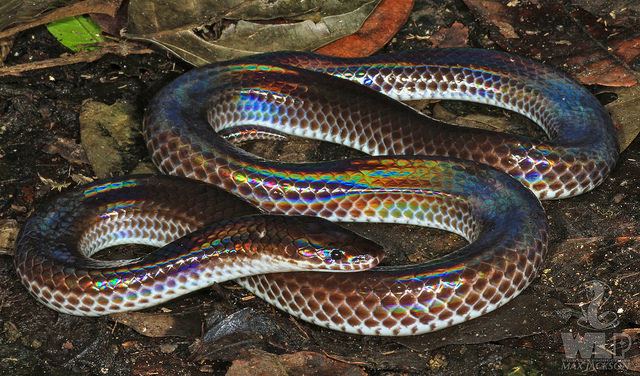 | ||
Genus Xenopeltis
Reinwardt, 1827 Lower classifications Xenopeltis unicolor, Sunbeam snakes | ||
Indonesian sunbeam xenopeltidae
The Xenopeltidae are a monotypic family of snakes created for the genus Xenopeltis, which is found in Southeast Asia. Its members are known for their highly iridescent scales. Currently, two species are recognized and no subspecies. Studies of DNA suggest that the xenopeltids are most closely related to the Mexican burrowing python (Loxocemus) and pythons.
Contents
- Indonesian sunbeam xenopeltidae
- Description
- Geographic range
- Behavior and diet
- Species
- Captivity
- References
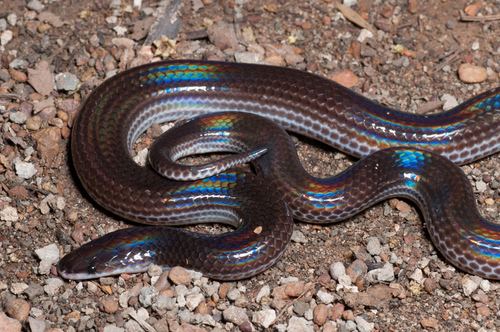
Description
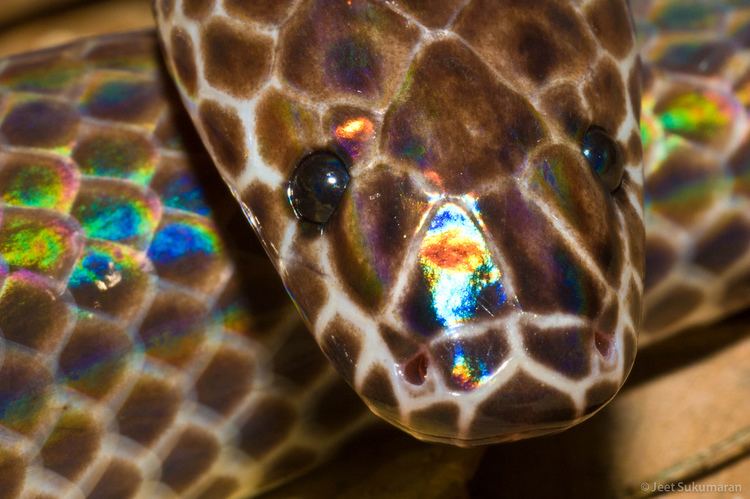
Adults can grow up to 1.3 m (51 in) in length. The head scales are made up of large plates much like those of the Colubridae, while the ventral scales are only slightly reduced. Pelvic vestiges are not present.

The dorsal color pattern is a reddish-brown, brown, or blackish color. The belly is an unpatterned whitish-gray. The scales are highly iridescent, creating a beautiful display of colors in the light.
Geographic range
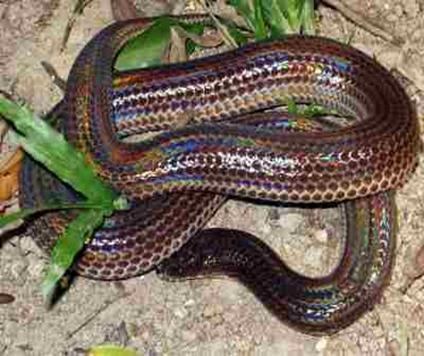
They are found in Southeast Asia from the Andaman and Nicobar Islands, east through Myanmar to southern China, Thailand, Laos, Cambodia, Vietnam, the Malay Peninsula and the East Indies to Sulawesi, as well as the Philippines.
Behavior and diet
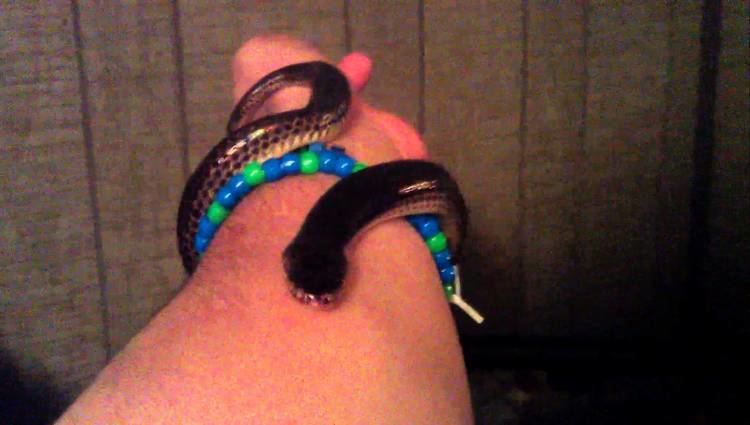
These snakes are fossorial, spending much of their time hidden. They emerge at dusk to actively forage for frogs, other snakes, and small mammals. They are not venomous, and kill their prey with constriction.
Species
*) Not including the nominate subspecies.
T) Type species.
Captivity
These snakes are not very commonly kept as pets because of their high mortality rate in captivity. Shipping and the first six months in captivity are very stressful and often kill captive snakes. They also have very little tolerance of handling, with the resulting stress leading to premature death. Captive specimens should be provided with a temperature gradient and an easy to burrow substrate. The cage should be kept warm, but not hot, and they should be left alone.
